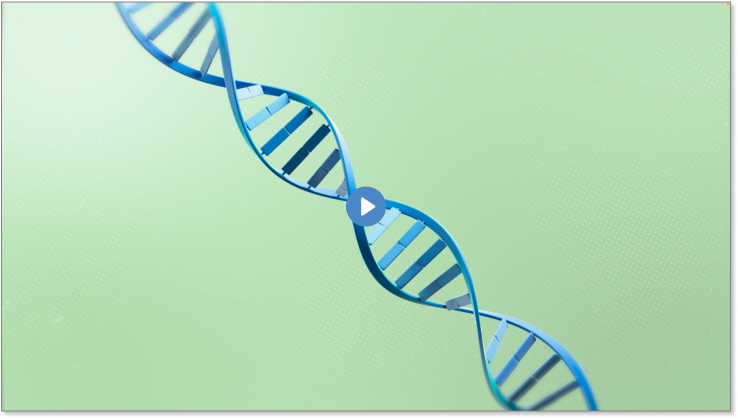
DIAGNOSING LC-FAOD
LC-FAOD is very rare; there are only an estimated 10-15 births per year with a confirmed diagnosis in Canada. There is an estimated prevalence of 1 in 100,000 in Canada.*
LC-FAOD symptoms typically begin soon after birth and in early infancy, although some people with slower disease progression may not be diagnosed until a later age.
Today, most people with LC-FAOD are diagnosed after newborn screening.
Confirmation through genetic testing may be appropriate for anyone with a suspected LC-FAOD diagnosis based on clinical symptoms, laboratory findings, or a combination of both. Eligible patients can receive sponsored genetic testing at no charge.
Ask your healthcare provider about genetic testing available to help confirm a diagnosis of LC-FAOD.
*LC-FAOD is a rare disease with limited epidemiological data; therefore, estimates provided here are based on Ultragenyx internal data and market research.
†Genetic testing may be required regardless of other test outcomes.
Turnaround times are estimates only and may vary based on testing facility.
NEWBORN SCREENING AND TESTING†
Watch this short video to learn more about genetic testing

